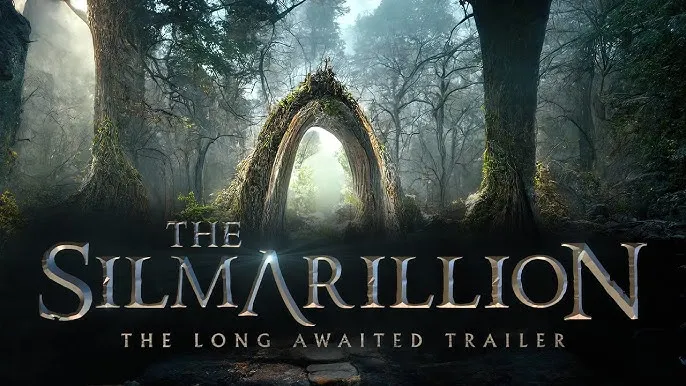In a world of silence and snow, one spark dares to speak again.
The Last Ember (2023) is a post-apocalyptic survival drama that burns slow and hot, blending emotional weight with breathtaking desolation. Set in a future where the Earth has succumbed to a second Ice Age, the film is both a physical and spiritual journey — one woman’s fight to carry the final spark of civilization through a world that has already let go.
The story centers on Lyra Hale, a former climate scientist turned lone traveler, who wanders across the frostbitten remnants of what used to be North America. After her underground refuge is destroyed in a raider ambush, Lyra escapes with a mysterious artifact known only as “The Ember” — a self-sustaining energy source built before the collapse, capable of reigniting entire ecosystems. Its existence is a myth to most, a weapon to others.

Chased by mercenaries, haunted by hallucinations of her lost family, and stalked by an endless winter storm, Lyra must traverse icy wastelands, frozen cities, and shattered communities to reach a rumored sanctuary where “The Ember” can be used to restart life. Along the way, she forms an unlikely bond with a young orphan named Kael, whose innocence and questions bring warmth to her otherwise cold mission.
As survival grows harder and hope begins to dim, the question shifts: is saving the world worth it if no one remembers how to live in it? The Last Ember pushes its characters — and the audience — to consider what defines humanity when the fire is almost gone.

Visually poetic and emotionally searing, the film delivers a harrowing yet hopeful message about resilience, sacrifice, and the cost of carrying light in a world addicted to darkness.

-1754450082-q80.webp)
-1752650779-q80.webp)
